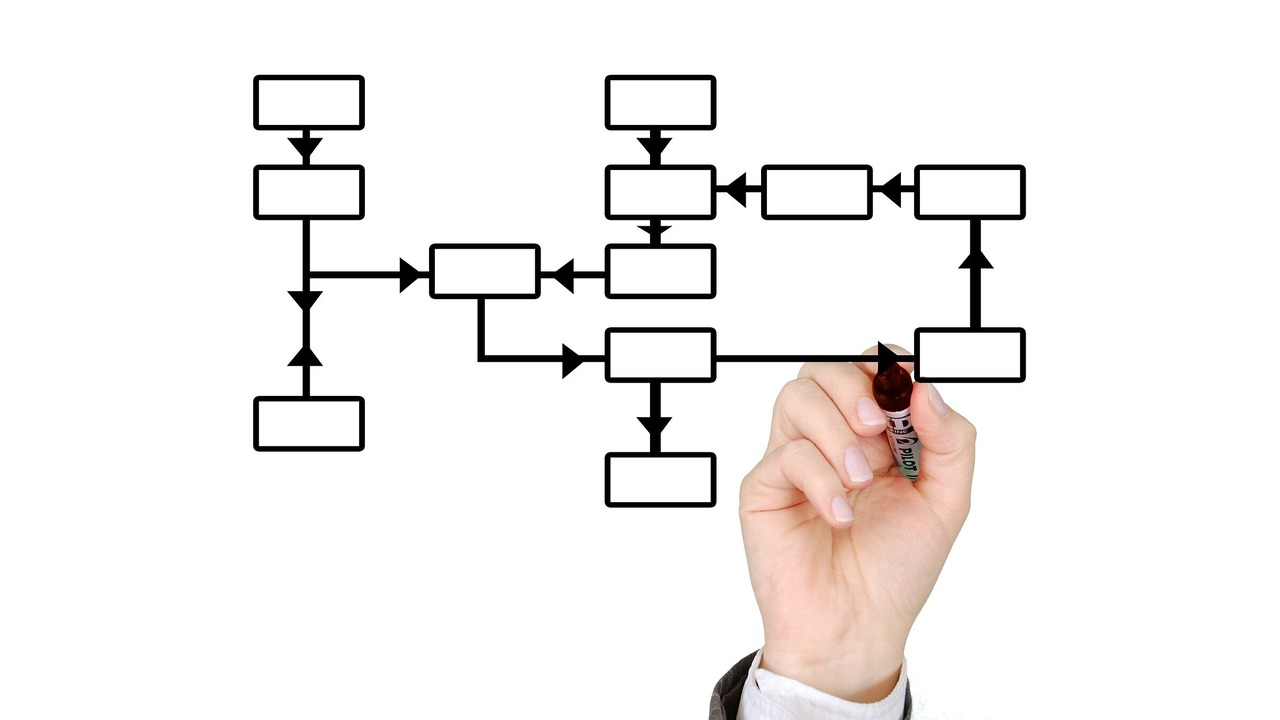Data + Models [Data in the Practices Series]
By: Kristin Hunter-Thomson

Source: Image by Gerd Altmann from Pixabay
What does “model” really mean?
What kinds of models do we work with?
How do data fit into models for students while they are learning the content?
There are many ways that we discuss the critical thinking work that goes into working through something across our different disciplines. While the exact products or steps we are taking vary, the thinking required is similarly grounded in what are we trying to do and what should we do next.
How does data fit in here?
MODELS TO FIND NEW MEANING IN A FIELD/DISCIPLINE…
-
Mathematical models: 5+ dimensions of universe
-
Computer models
-
Theoretical models: for example we…
-
Numerical models: for example…
-
-
Statistical models:
MODELS TO LEARN WHAT IS ALREADY KNOWN/UNDERSTOOD IN A FIELD/DISCIPLINE…
-
Mental models:
-
Conceptual models:
-
Physical/Scale models: Model airplane, globe, anatomy torso,
-
Analogical models: Rutherford’s “solar system” model of an atom, String Theory,
-
Theoretical models:
-
Being aware that working with data is more than just “Analyzing and Interpreting Data” or “Measurement and Data” is important for students to build their overall data literacy skills. One way to build that awareness is to explicitly make the connections to data within each of our practices. Therefore, I propose that a key component of helping students build their skill set in this practice — asking questions and making sense of problems — should be acknowledgment of and support for helping students practice these skills with data, as well as with abstract numbers and prose.
Engaging in this practice involves both internal decision making and communication, as well as external communication. Additionally, we can engage with this practice with our work with data both formally and informally. Regardless of when, how, or what we are doing with the data and this practice let’s help our students build on and enhance their skills of this practice by being more explicit about what we are doing with data, and how this practice relates to data.
What could this look like?
We can get at asking questions and making sense of problems from many different angles, and in fact the more we vary our students entry points into this practice the bigger their muscles will become in using the practice. Here are some examples, certainly not an exhaustive list, of what this could look like (for more examples see Hunter-Thomson & Shauffler (2020), updates coming January 2021):
-
[section header about models]:
-
(Grades K-2)
-
(Grades 3-5)
-
(Grade 6)
-
(Grades 7-8)
-
(Grade 9)
-
(Grades 10-12)
-
What are your thoughts or resources?
What are you doing to help learners better understand how we use data when asking questions and making sense of problems? What resources have your found helpful? What are teaching strategies that help your students hone these skills and practices?
Reach out and let us know! We will add it to this list so that it can become a community generated resource.
Resources for more information:
Data-related resources for this practice:
-
Farahmand. 2017. Turning Data into Evidence: Where Science Standards & Data Meet.
-
Dataspire. 2020. Data + Instructional Strategies.
-
Hunter-Thomson & Schauffler. 2020. Matrix of Data Analysis Skills K-12 by Category. Note, version 3 coming in January 2021
Resources related to the practice:
Standards-related resources for this practice:
-
NGSS Lead States. 2013. Next Generation Science Standards: For states, By states - Appendix F. Washington, DC: National Academies Press.
-
The ASET Toolkit. 2018. The ASET Toolkit: SEP2: Asking Questions and Defining Problems.
-
-
National Governors Association Center for Best Practices, Council of Chief State School Officers, 2010. Common Core State Standards: Standards for Mathematical Practice. National Governors Association Center for Best Practices, Council of Chief State School Officers, Washington D.C.
-
The University of Texas at Austin, Charles A. Dana Center. 2020. Standard 1: .
-

